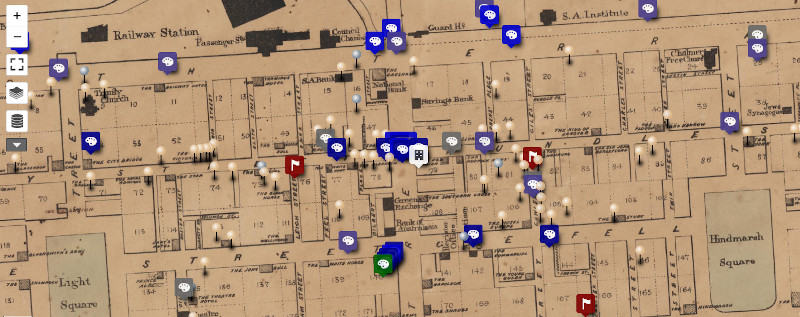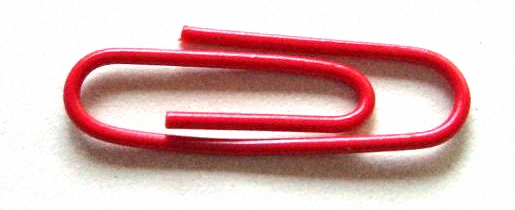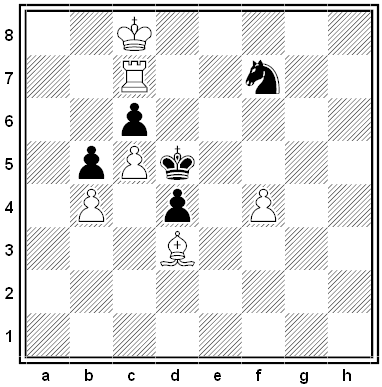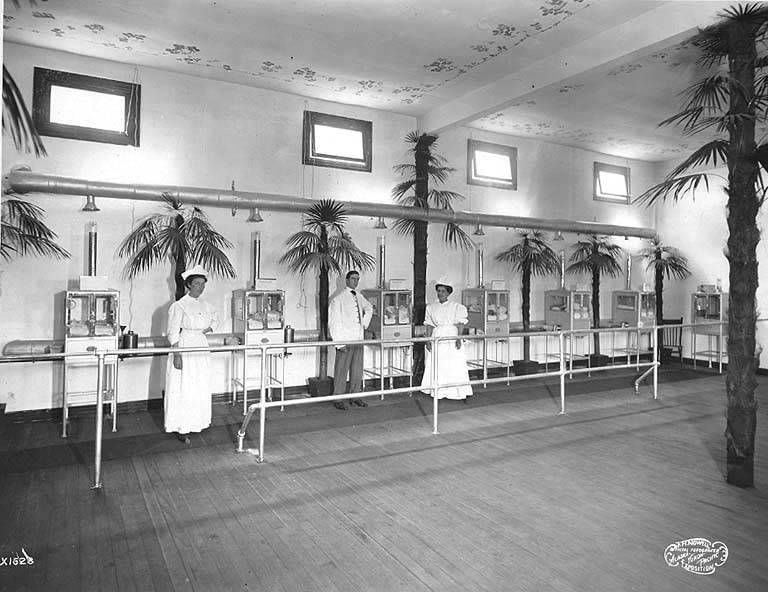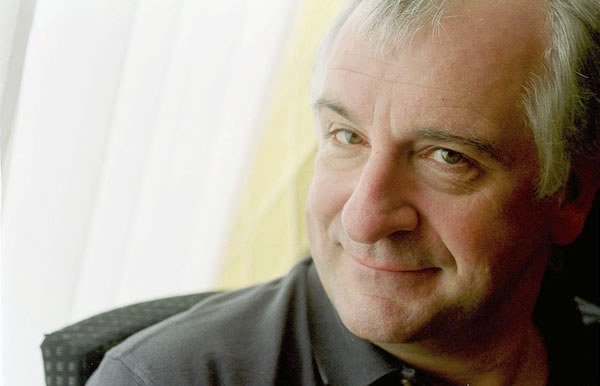
Writing isn’t so bad really when you get through the worry. Forget about the worry, just press on. Don’t be embarrassed about the bad bits. Don’t strain at them. Give yourself time, you can come back and do it again in the light of what you discover about the story later on. It’s better to have pages and pages of material to work with and off and maybe find an unexpected shape in that you can then craft and put to good use, rather than one manically reworked paragraph or sentence. But writing can be good. You attack it, don’t let it attack you. You can get pleasure out of it. You can certainly do very well for yourself with it … !
— Douglas Adams, “General Note to Myself,” found among his unpublished writings after his death in 2001

